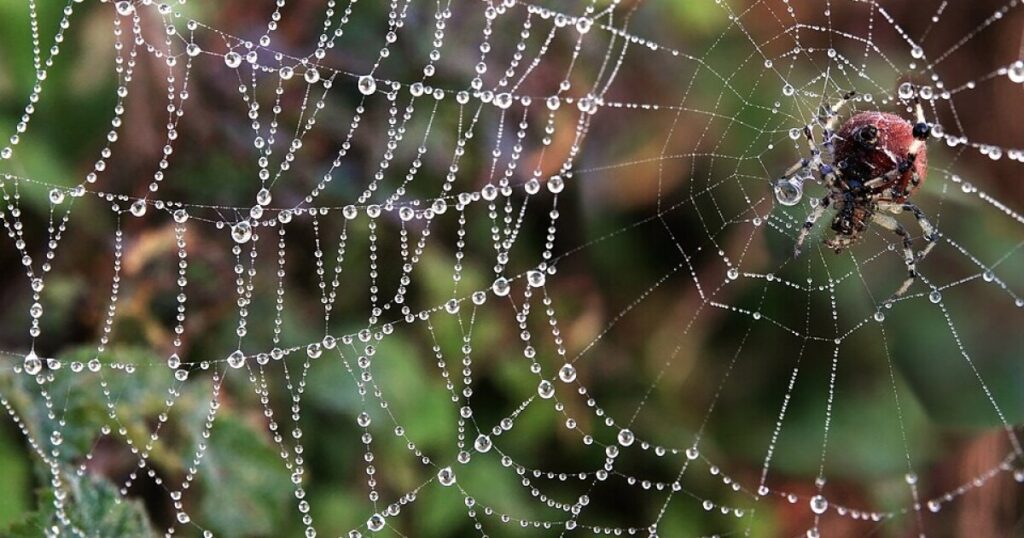The Surprising Sensory World of Orb-Weaver Spiders
Spiders often evoke a mix of curiosity and apprehension, lurking in corners or suspended between branches. Yet, these fascinating arachnids possess a remarkable ability that extends beyond their common reputation as mere web-weavers.
A study conducted by researchers in upstate New York has revealed an extraordinary adaptation in orb-weaver spiders, who utilize their webs as auditory tools. These spiders, famous for their intricate circular webs seen in cultural references such as “Charlotte’s Web” and “Coraline,” have a unique way of perceiving their surroundings.
Orb-weavers do not rely on traditional hearing mechanisms. Instead, they interpret vibrations transmitted through their webs, akin to the vibrations of a guitar string. These waves travel along the silken threads and are detected by specialized sensors located in the spider’s feet, known as tarsi, allowing the web to function as an extension of their sensory system.
This method transforms the web into a highly sensitive listening device, capable of picking up on everything from the fluttering of insect wings to the approach of potential threats. With over 3,000 species of orb-weaver spiders worldwide, these silent observers are more prevalent than one might think.
Next time you inadvertently disturb a web on a morning stroll, consider offering a quiet apology. You may have disrupted an attentive audience.
This Earth Note was written by Octavio Alcocer Duran and produced by KNAU and the Sustainable Communities Program at Northern Arizona University.
—
Read More Arizona News










